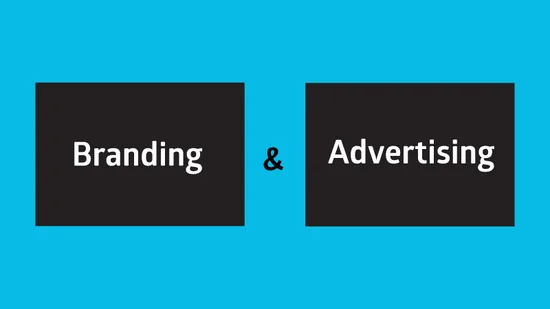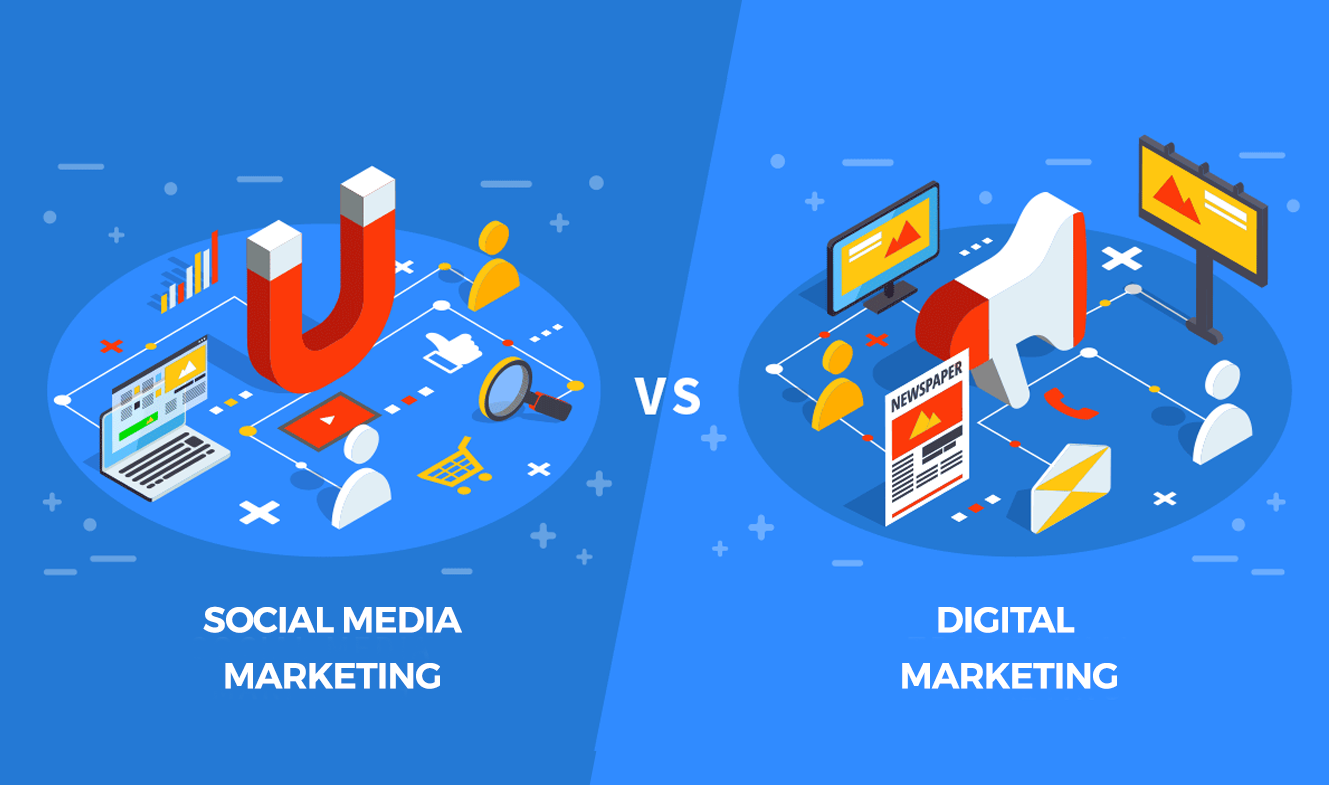What is the Difference Between Branding and Advertising?
Introduction
As a leading ad agency, MyHoardings often encounters questions about the core elements of marketing strategies. One of the most frequently asked questions is, “What is the difference between branding and advertising?” While both are essential components of a successful business, they serve distinct purposes and involve different approaches. Let’s delve into the nuances of branding and advertising to help clarify their roles in your marketing efforts.

Understanding Branding
Branding is the process of creating a unique identity for a business, product, or service. It encompasses the values, mission, and overall perception that a company wants to convey to its audience. Branding goes beyond visual elements like logos and color schemes; it includes the tone of voice, customer experience, and the emotional connection a brand establishes with its audience.
Key Elements of Branding:
- Identity: The visual and verbal elements that represent your brand, such as logos, colors, taglines, and design aesthetics.
- Values and Mission: The core principles and purpose that drive your business.
- Positioning: How your brand is perceived in the market compared to competitors.
- Emotional Connection: The feelings and associations that customers have with your brand.
Branding is a long-term strategy focused on building a lasting relationship with customers and creating a loyal customer base.
Understanding Advertising
Advertising is the act of promoting a product, service, or brand to a target audience through various channels. It involves creating and disseminating messages designed to inform, persuade, and remind potential customers about your offerings. Advertising is more tactical and short-term compared to branding, aiming to generate immediate results like sales or leads.
Key Elements of Advertising:
- Message: The specific information or call-to-action you want to communicate to your audience.
- Medium: The channels through which your message is delivered, such as TV, radio, online ads, social media, and print media.
- Target Audience: The specific group of people you want to reach with your advertising efforts.
- Campaigns: A series of advertisements designed to achieve a particular objective within a set timeframe.
Advertising is a crucial tool for driving awareness, generating interest, and prompting immediate action from your target audience.
Key Differences Between Branding and Advertising
- Purpose: Branding focuses on building a long-term identity and relationship, while advertising aims at achieving short-term objectives like sales and leads.
- Approach: Branding is about creating a consistent and cohesive brand experience, whereas advertising involves crafting specific messages to promote products or services.
- Timeline: Branding is an ongoing process that evolves over time, while advertising campaigns are typically time-bound with defined start and end dates.
- Impact: Branding influences customer loyalty and perception, whereas advertising drives immediate action and awareness.

Conclusion
Both branding and advertising are vital for a successful marketing strategy. Branding lays the foundation by establishing a strong, recognizable identity and fostering customer loyalty. Advertising builds on this foundation by promoting your offerings and driving short-term engagement and sales.
At MyHoardings, we understand the importance of both elements and offer tailored solutions to help your business thrive. Whether you need to establish a powerful brand presence or launch effective advertising campaigns, we’re here to support your goals.
For more insights and expert advice on branding and advertising, feel free to explore our website or contact our team at MyHoardings. We’re committed to helping you navigate the dynamic world of marketing and achieve lasting success.
9 Types of Digital Advertising
|
Auto Rickshaw Advertising rates in India
| City Name | Media Options | Rates (Starting) / Auto |
|---|---|---|
| Delhi | Auto Back Panel, Auto Hood | INR 480 |
| Mumbai | Auto Back Panel | INR 200 |
| Bangalore | Auto Back Panel, Auto Hood | INR 550 |
| Chennai | Auto Back Panel | INR 230 |
| Hyderabad | Auto Back Panel, Auto Hood | INR 650 |



